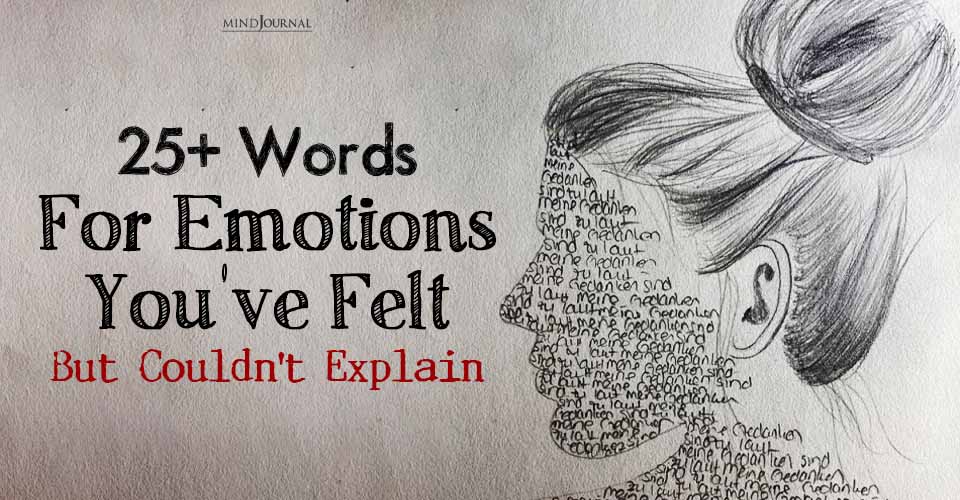Students have been struggling more than ever. It could be the effect of the pandemic or the various circumstances students go through. While it’s not particularly affecting students, the impact has left devastating marks across many campuses.
Young people are more susceptible to mental health at a very young age, whether it’s early adulthood or teenage years. 50% of students with mental health problems begin experiencing symptoms at 14. That’s an incredibly alarming number, which is why such issues must be addressed in school.
However, while some teachers on campus have the intention of helping, many warning signs are neglected. In this article, we will discuss the various issues one could suffer from, along with what can be done to enhance students’ situation.
Academic Struggles
One of the earliest signs of mental health struggle is witnessing changes in performance. Whether it’s an essay in chaos or the student’s grades don’t reflect their true potential, it’s the easiest way to detect issues surfacing. What one can do about it is read free essay samples at writingbros that provide online help for students struggling and teachers who want to help.
Education should enhance people’s understanding of mental health issues. That includes anxiety and depression. One of the fundamental ways of doing so is holding seminars and asking students to conduct research and write on the topics.
Hence, as a teacher, once you witness someone struggle, make sure you talk to them first. For instance, many intelligent students start lacking in integrals or formulas when it comes to mathematics. While numerous students do not have a knack for this subject, many simply cannot tolerate studying it due to personal struggles.
Spotting Mental Health Disorders in Students
A survey by the Association for University and College Counseling Center Directors tested college students’ most common mental health disorders. 41.6% of university students struggle with anxiety concerns. Suffering from depression is also an alarming issue.
Signs of depression in college can vary. It includes feeling sad, irregular sleeping, lack of good eating habits, and disinterest. Some students exhibit symptoms on opposite sides of the spectrum. Some struggling students will focus solely on their academics and struggle in their personal life. On the other hand, you might notice others sleeping through class or losing interest in their favorite subjects. These are definitive signs that someone is struggling. That is especially true if they’ve previously been interested in those subjects.
However, remember that anxiety and depression aren’t the only mental health issues that could surface. Someone with an eating disorder could lose or gain weight rather quickly in a month. Those students would have peculiar eating habits. That definitely affects their learning as it occupies mental space.
Teachers Hindering Students’ Mental Health
One of the most overlooked problems is teachers’ attitudes. While a professor could be exhibiting mental issues themselves, it’s not an excuse to inflict conflict on their pupils. Hence, while teachers aren’t expected to solve the problem, they should be more cooperative.
Signs of a child’s teacher affecting the students include snarky comments, failed grades, retaliation, or bullying. While almost every academic institute deals with bullies, teachers are often overlooked. Hence, if a teacher ends up bashing someone instead of lending a helping hand, it’ll lead to catastrophic events. The student will not only lose interest in the class, but his grades will almost definitely suffer.
How to Help Students With Mental Health Issues
Whether you’re a student, a teacher, or a parent, there are multiple ways someone with mental issues could be helped. While the person struggling could be living in denial, it’s not an excuse to not help. On the contrary, it should be the reason you extend a hand.
1. Increase Resources
When the world was forced to resort to online studying, anxiety, and depression were among the most impactful effects. However, people forget that there are a variety of other issues that hit students. That includes difficulty sleeping, improper eating, worsening chronic conditions, and increased substance abuse.
Once universities and schools opened up again, the resources mostly remained constant. However, the issues at hand urge to have that changed. More students show symptoms of ADHD, eating disorders, anxiety, and many other problems. Hence, one of the primary methods that would benefit this cause is increasing the number of resources available to students.
2. Beyond Special Education
Children with special needs are definitely deserving of proper education and consideration. However, it’s difficult for a student with a mental health issue to believe that the sole method of reaching out for help is to access special education.
At this point, students with mental health issues cannot take a course of study as efficiently as others do. Not only do they struggle with their everyday courseload, but they often don’t retain information as efficiently. Hence, more support and a variety of resources should be available for them.
3. Inclusion of Family

Even though most families’ reaction to knowing their child has mental health issues includes feelings of pain and surprise, it’s often easier once they’re integrated. This is often true, especially for younger children. Hence, reaching out to their families to make them aware of the situation ensures someone keeps an eye out. Moreover, many students would be better off taking time away from school and finding adequate help.
Bottom Line
At least 25% of students in a single class are struggling with mental issues. Hence, instead of dismissing their behaviors or low grades, professors should work on hearing their problems. While it’s not an easy process, small integrations across the institute will go a long way.







Leave a Reply